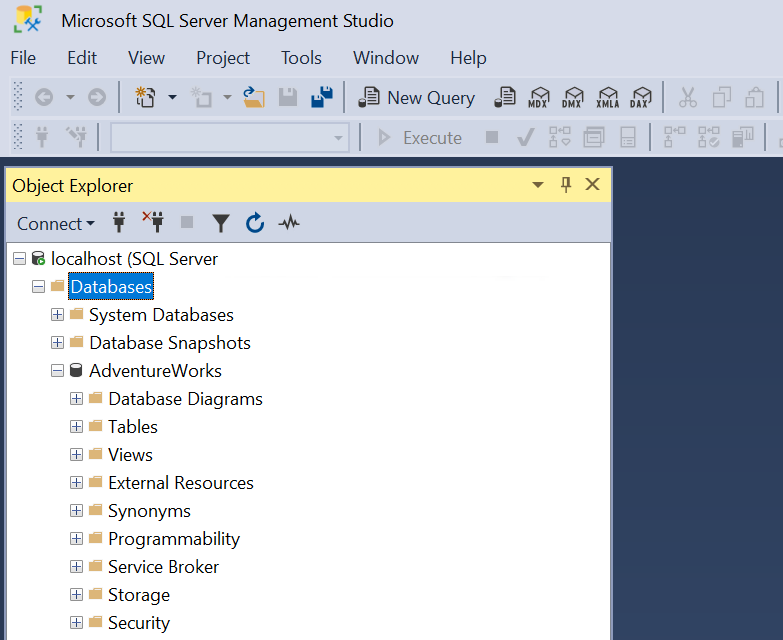I've been testing SQL Server 2025 since the preview dropped in May, and let me be clear: this isn't your typical Microsoft "revolutionary" bullshit. But some features are actually useful if you can get past the marketing garbage.

The big sell is vector search built into the database. I was skeptical as hell - Microsoft's track record with new features usually means "works great in demos, crashes in production." But the vector data types and DiskANN indexing actually perform decently. We're seeing about 40ms average query times for semantic search on 10M embeddings, which beats spinning up a separate Pinecone cluster. Recent analysis from RavenDB confirms that DiskANN is a solid choice for large-scale vector operations.
The AI Stuff (That Doesn't Completely Suck)
Yeah, Microsoft calls it "AI-ready" because everything needs to be AI now. The vector indexing using DiskANN algorithms is the real deal though. You can finally do similarity searches without maintaining another fucking database.
Here's what works: embedding storage, approximate nearest neighbor queries, and integration with Azure OpenAI that doesn't require three different connection strings. The AI_GENERATE_EMBEDDINGS function hits their API directly from T-SQL, which saves you from writing Python wrapper scripts.
What doesn't work: the AI model management features are buggy as shit. Local ONNX models crash the SQL Server service about 20% of the time with some generic "SqlDumpExceptionHandler: Process 123 generated fatal exception c0000005 EXCEPTION_ACCESS_VIOLATION" error that tells you exactly nothing. Stick with REST API calls to Azure until they fix this.
Pinecone wants $70/month for 1M vectors. SQL Server 2025 lets you store unlimited vectors if you can afford Enterprise licensing (spoiler: you can't). Weaviate and Chroma are solid open source alternatives, but maintaining separate vector databases is a pain. PostgreSQL's pgvector extension works too, but SQL Server's DiskANN implementation is faster for large datasets.

Developer Features That Don't Suck
The native JSON data type is fast - about 3x faster than NVARCHAR(MAX) for JSON operations. Finally. And the regular expression functions work like you'd expect instead of requiring CLR functions or weird LIKE patterns.
For JSON comparison, PostgreSQL's JSONB has been doing this for years, and MySQL 8.0 added JSON support back in 2018. SQL Server is finally catching up. Oracle's JSON support is also mature.
Change Event Streaming to Azure Event Hubs is actually useful for real-time data pipelines. I tested it against traditional Change Data Capture and it's about 60% less I/O overhead. Setup is still Microsoft-complex (requires Azure Arc, Fabric capacity, and sacrificing your firstborn to the licensing gods), but it works.
The string concatenation operator || finally exists. Only took them 30 years to catch up to PostgreSQL, Oracle, and literally every other database.
But features are meaningless if performance sucks. Let me tell you what actually improved when I put this thing through real production workloads.








